Do you know how to clean a dry brush? A dry brush is an essential tool used for getting rid of dead skin cells, stimulating circulation, and improving overall skin health. However, there comes a time when the brushes need cleaning to keep them hygienic.
Understanding how to clean a dry body brush is crucial for the longevity of the brushes and their effectiveness. Failing to clean these brushes regularly can lead to the build-up of dirt, oil, and dead skin cells, which can lead to bacteria growth resulting in skin infections and irritations. In this article, we will explore effective ways of cleaning a dirty body brush to maintain its effectiveness and keep it hygienic to ensure optimal skin health. So, let’s dive into the world of dry body brushing and discover how to obtain a healthy skin glow with a clean dry brush.
*This post contains affiliate links. Full disclosure here.
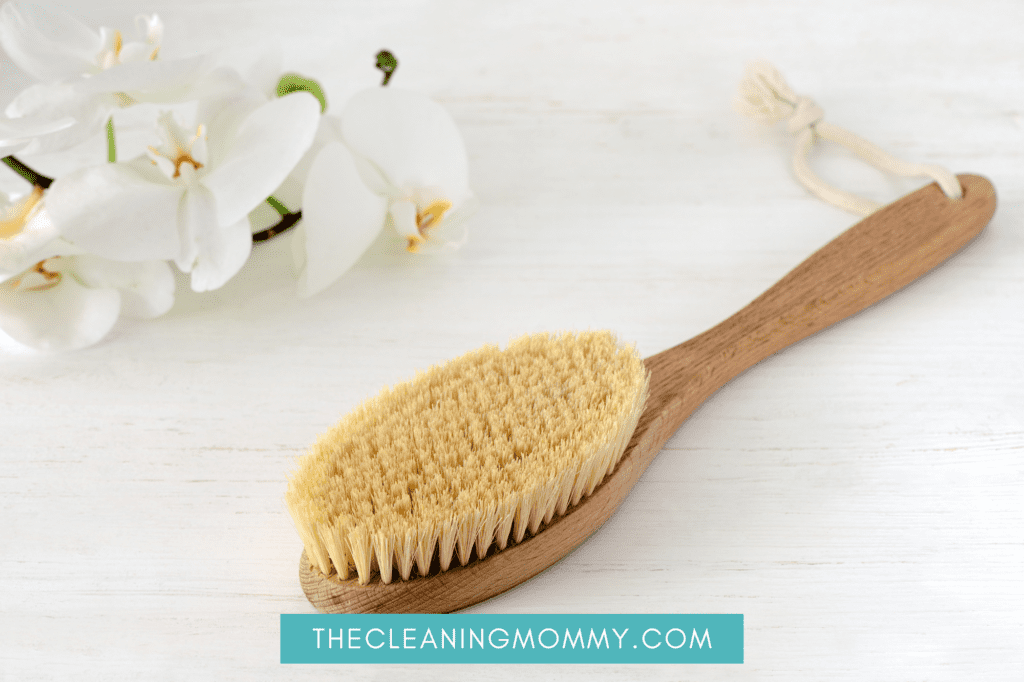
Why Does A Dry Brush Need To Be Cleaned?
Dry brushing is an effective method that is used to exfoliate sensitive skin and to remove dead skin cells. It is commonly used in facial and body treatments, and it provides several benefits for the skin, including improved blood circulation (because movement frees dead cells within the lymphatic system). However, like all other beauty tools, a dry brush needs to be cleaned regularly to avoid any skin infections or irritations.
When we use a dry brush on our skin, it collects dead skin cells, dirt, oil, and sweat. Over time, these impurities can build up on the brush’s bristles and create a breeding ground for bacteria. If we continue to use the dirty brush, we risk transferring these bacteria onto our skin, which can lead to breakouts, infections, and other skin problems you don’t want with your lymph nodes. Besides, if the brush is not cleaned, it can lose its effectiveness in removing dead skin cells with your lymphatic system, which can lead to a dull complexion.
To maintain the hygiene of the dry brush, it is recommended that we clean it after every use. The best way to clean a dry brush is to wash it with soap and warm water, which will remove all the impurities from the bristles. We should then let the brush dry naturally, preferably in direct sunlight, as the UV rays can help kill any remaining bacteria.
Keeping body brushes and dry brushes clean is crucial for maintaining healthy skin. By cleaning it regularly, we ensure that it remains effective in removing dead skin cells and dirt from our skin. Moreover, a clean brush reduces the risk of spreading bacteria and prevents unwanted skin irritations. So, always remember to clean a dry body brush after each use for beautiful, healthy skin!
How To Clean a Dry Brush
Cleaning your dry brush is an important part of maintaining good hygiene for sensitive skin and prolonging the life of your brush. A dry brush can accumulate dirt, oil, and dead skin cells, which may lead to bacterial growth if not cleaned properly. Follow these simple steps to wash and clean a dry body brush regularly and effectively.
Put warm water in a bowl
First, put water in a bowl and fill up to the depth of the brush bristles. The water should be warm, but not too hot, as it can damage the natural bristles of your brush. Be sure to use fresh water as well. You also want to make sure you’re using a large enough bowl for the body brush head itself.
Add three drops of tea tree oil (it has disinfectant properties).
Adding three drops of tea tree essential oil to the water is recommended, as tea tree oil is a natural disinfectant and using this essential oil can help eliminate bacteria and fungi that may be present on your brush. Using a good essential oil to disinfect is key!
Place the brush bristles down in the bowl.
Next, place the brush bristles facing downward in the container of water. This is to ensure all the natural bristles are wet, down to the wooden base. Once you ensure your brush wet, and bristles facing down, you can continue.
Swish the brush around slowly in the water.
Now, take the wood handle of your swish the body brush around slowly. This will help to loosen up any debris that may be trapped in the bristles and make sure those essential oils are reaching every bit of the bristles.
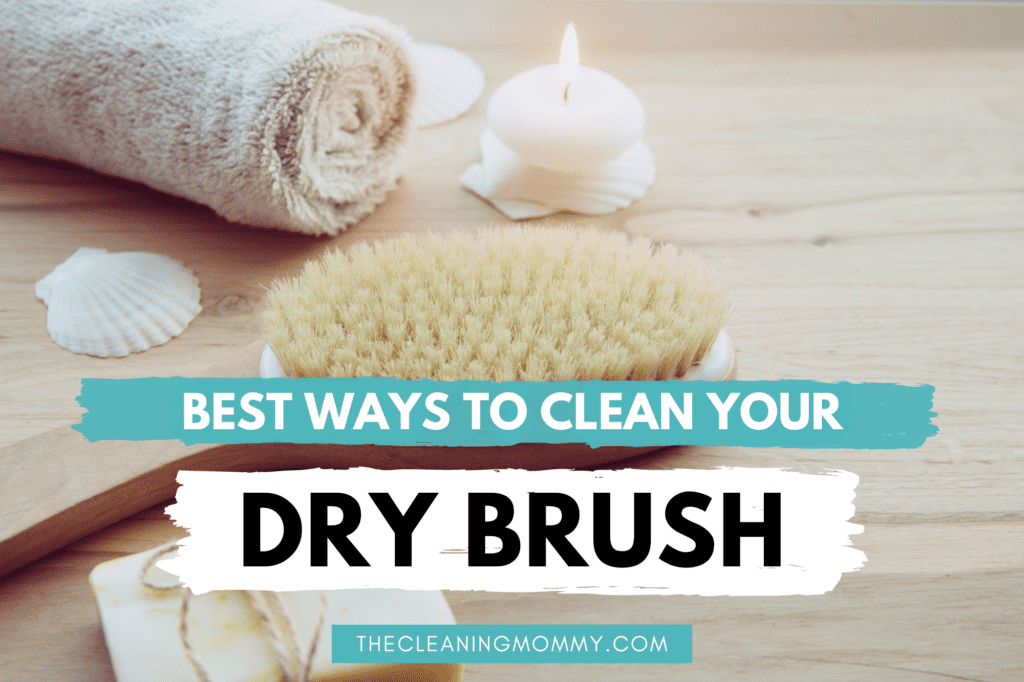
Let it soak for five minutes to ten minutes
Let your brush soak in the water for five minutes to ten minutes to allow any bacteria to be killed. This will kill any gross bacteria lurking within and help keep healthy skin, effectively.
Rinse the brush well.
Now you want to remove the brush and dump out the old water. After soaking, rinse the brush well under running clean water to remove any remaining debris and essential oils. It is important to rinse thoroughly to ensure that there are no oils remaining on the brush. Once rinsed, shake the brush gently to remove any excess water that may be trapped in the bristles.
Shake the brush, then place it on a dry towel to dry.
Lastly, lay the brush on a dry towel to dry completely. The bristles should be facing down to allow excess water to drain out. Avoid drying your brush in direct sunlight, as this can cause the bristles to become dry and brittle. Allow the brush to air dry. Once your brush is completely dry, it is ready for your next use.
How Often Should You Clean Your Brush?
Cleaning your dry brush is an essential part of maintaining its longevity and hygiene. But how often should you clean it? Experts recommend cleaning your dry body brush no less than every three months for optimal use.
One of the primary reasons to clean your dry body brush is to remove any buildup of dirt, sweat, and product residue that may accumulate over time. This buildup can lead to the growth of bacteria and fungi, which could potentially cause skin infections or irritation.
Furthermore, regular cleaning of your dry body brush also prevents the bristles from becoming stiff and discolored due to buildup. If you use your dry brush regularly, it is recommended to clean it every month or so to maintain its quality and effectiveness.
Alternatively, to clean your dry body brush, you can use a gentle soap or liquid soap and lukewarm water. Soak the brush for a few minutes and then gently rub the bristles with a toothbrush or a soft-bristled brush. Flush the brush well with lukewarm water, making sure to remove any soap residue. You can then shake off any excess water and leave the tool to air dry. Once completely dry, you can use it again without worrying about any moistness causing new bacterial growth.
In conclusion, cleaning your dry brush is crucial for its longevity and hygiene. It is recommended to clean your brush no less than every three months and more frequently if you use it regularly. With proper maintenance, your dry brush can provide excellent benefits to your health and well-being for years to come.
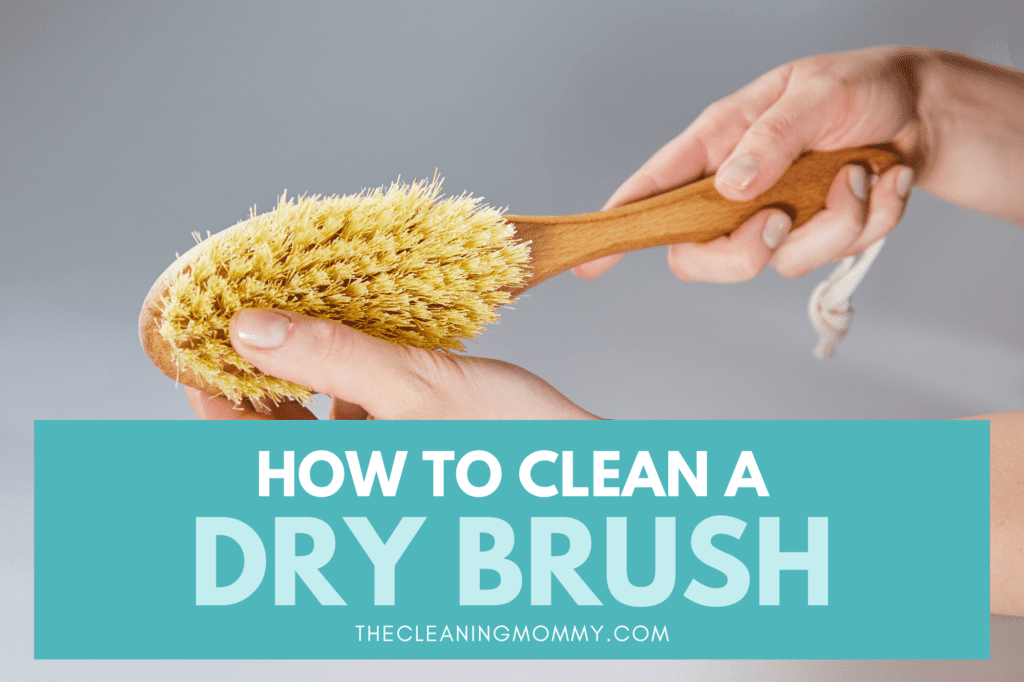
DIY Disinfectant Spray for Your Brush
Tea tree oil is a well-known natural disinfectant that possesses antiseptic and antibacterial properties. When combined with other natural disinfectants like witch hazel and eucalyptus essential oil, tea tree oil can create a powerful solution to disinfect your dry brush thoroughly.
Witch hazel is a natural astringent known for its cleansing and purifying properties. It helps remove oil, and bacteria from the skin, making it an ideal ingredient to use in a disinfectant spray for your dry brush.
Eucalyptus essential oil possesses antimicrobial properties that help kill bacteria, viruses, and fungi. It has a refreshing scent that can help eliminate odors, making it an excellent natural ingredient to use in a disinfectant oil spray.
To make this simple disinfectant oil spray, all you need is water, teatree, witch hazel, and eucalyptus essential oil. Simply mix them together in a spray bottle, shake well, and spray onto your dry brush before and after each use. It’s important to mix the solution well before every use to ensure that the ingredients mix well and distribute evenly.
Tips On How To Care For Your Dry Brush
Keeping the wooden handle of a dry body brush clean and well-maintained is essential to prolong its life and ensure optimal performance over time. Here are some expert tips on how to care for the wooden handle of your dry body brush:
1. Avoid getting the wooden handle wet:
Excessive dampness can cause the wooden handle of a dry body brush to crack or split. Therefore, avoid getting the wooden handle wet and never submerge it in water when dry brushing. Instead, wipe the brush handle with a slightly damp cloth or a gentle-bristled brush to remove any debris after dry body brushing.
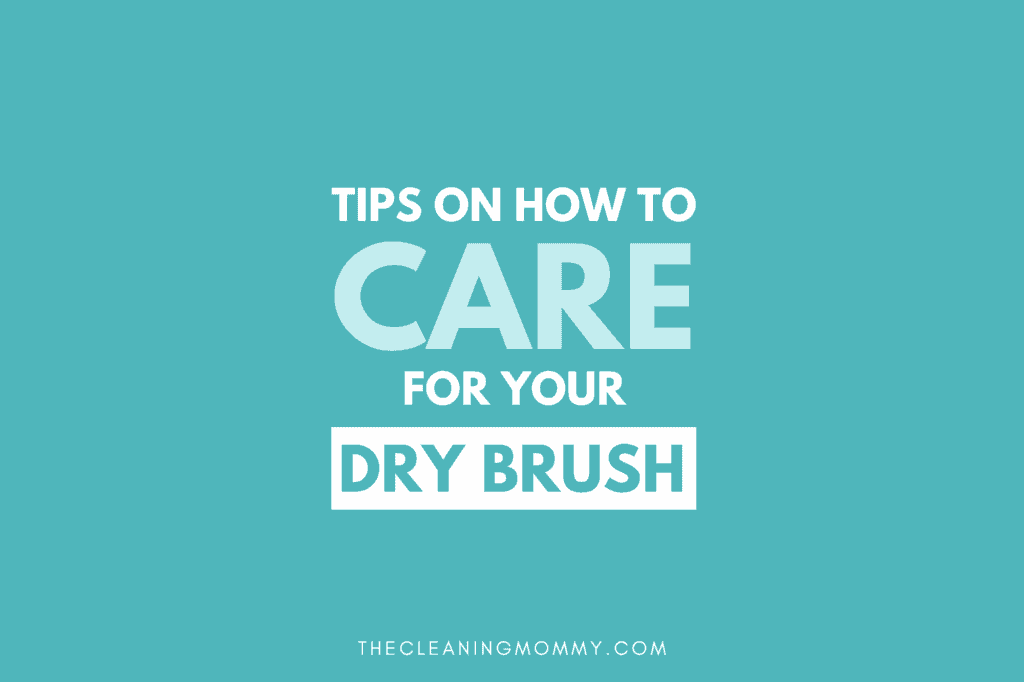
2. Store the brush in a dry place:
It’s crucial to store the dry body brush in a place away from moisture when you aren’t body brushing or dry brushing. After using it, make sure to remove any excess water by gently patting it with a towel before storing it.
3. Apply oil or wax to the wood handle:
Applying a light coating of oil or wax to the wooden handle of your dry body brush can help protect it against moisture and prevent cracking. Use a soft cloth to apply a thin layer of oil or wax and rub gently in a circular motion until the wood handle absorbs the product.
4. Keep the brush away from direct sunlight:
Sunlight can damage the wooden handle of a dry body brush over time, causing it to fade or crack. Always store the tool in a cool, arid, and shaded place when not in use body brushing or dry brushing.
By following these simple care tips, you can keep the wooden handle of your dry body brush looking new and performing optimally for years. Remember, taking proper care of your dry brushing tools is an investment in their longevity and your overall wellness.
Other Cleaning Articles You May Like:
- Speed cleaning checklist for when unexpected guests are on the way
- Busy mom cleaning routine
- How to clean a messy house
- How to deep clean house after cats
- How to keep order at home
- Removing hair dye from carpet
- How to clean window sills and tracks

Grainne Foley
Grainne Foley is a wife and mother of 2 great kids. During her 5 years of full time RV travel, Grainne learned to become very efficient at household chores, in order to make time for family adventures. Now, back in a house, she has continued to create tools and techniques to help others lighten the load of household organization and cleaning.
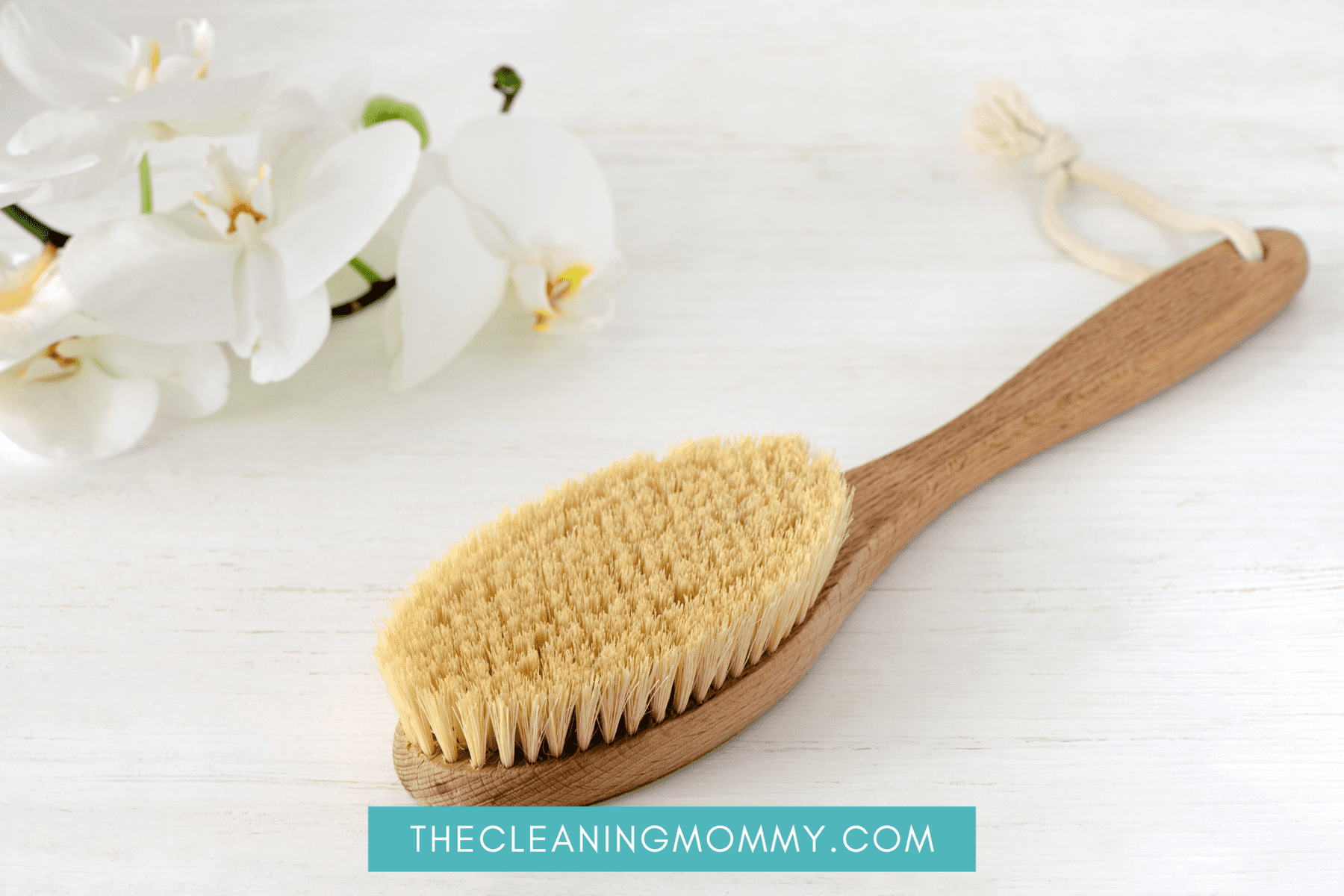

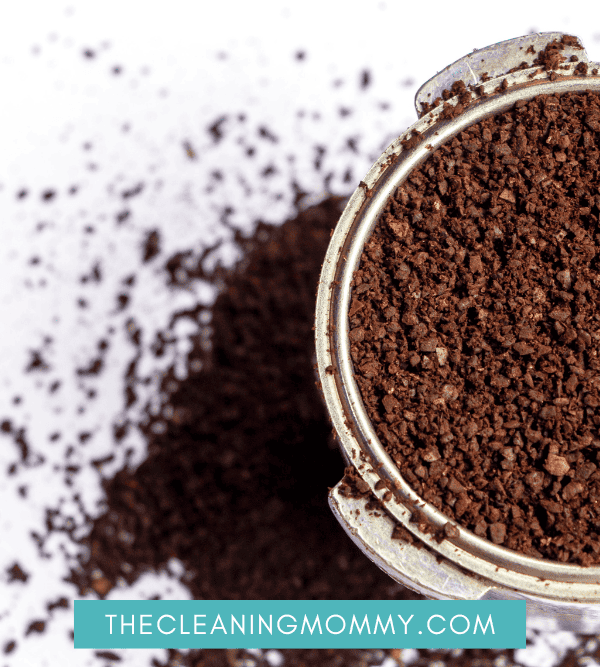

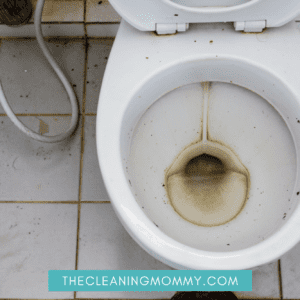
Leave a Reply